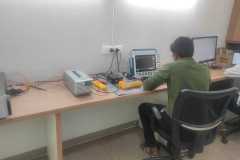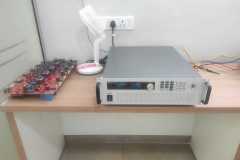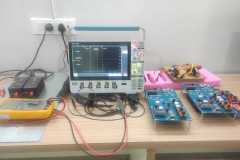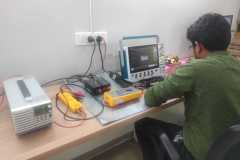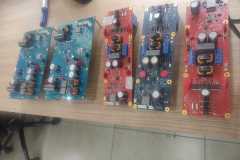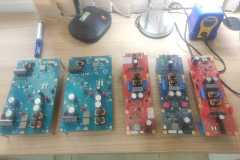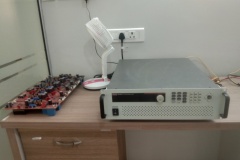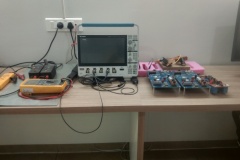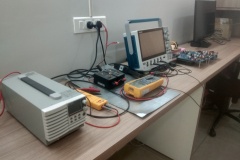Electronic Hardware Development
Home >> Electronic Hardware Development
Electronic Hardware Development
- Developing the board specification document, block diagram, preliminary part list and schematic capture as per the hardware requirement specification.
- Developing the circuits with schematic capture tool (Altium designer V 20.0.11) which include selecting components, obtaining part samples, testing sub-circuits, calculating power requirements and design calculations, defining layout requirements, and running simulations and analysis.
- Assisting the component engineer which includes the information of the component to be entered in the database, component drawing, assigning part number and researching multiple component source.
- Reviewing the PCB Design layout includes component placement as per the recommendation of the IC manufacturer, trace routing, shielding considerations, grounding and ground current control consideration, EMI consideration.
- Assisting in the PCB fabrication and assembly.
- Testing of the PCBA include DVT (Design verification test) document, a prototype bring-up check list, electrical characteristics, subsystem test, functionality test and performance test. Once testing is done boards are available for integration in the higher assembly.
- Defects found in the testing of PCBA boards are documented and tracked, once root cause is identified corrections are made validated and incorporate the same into the next revision of the PCBA.

